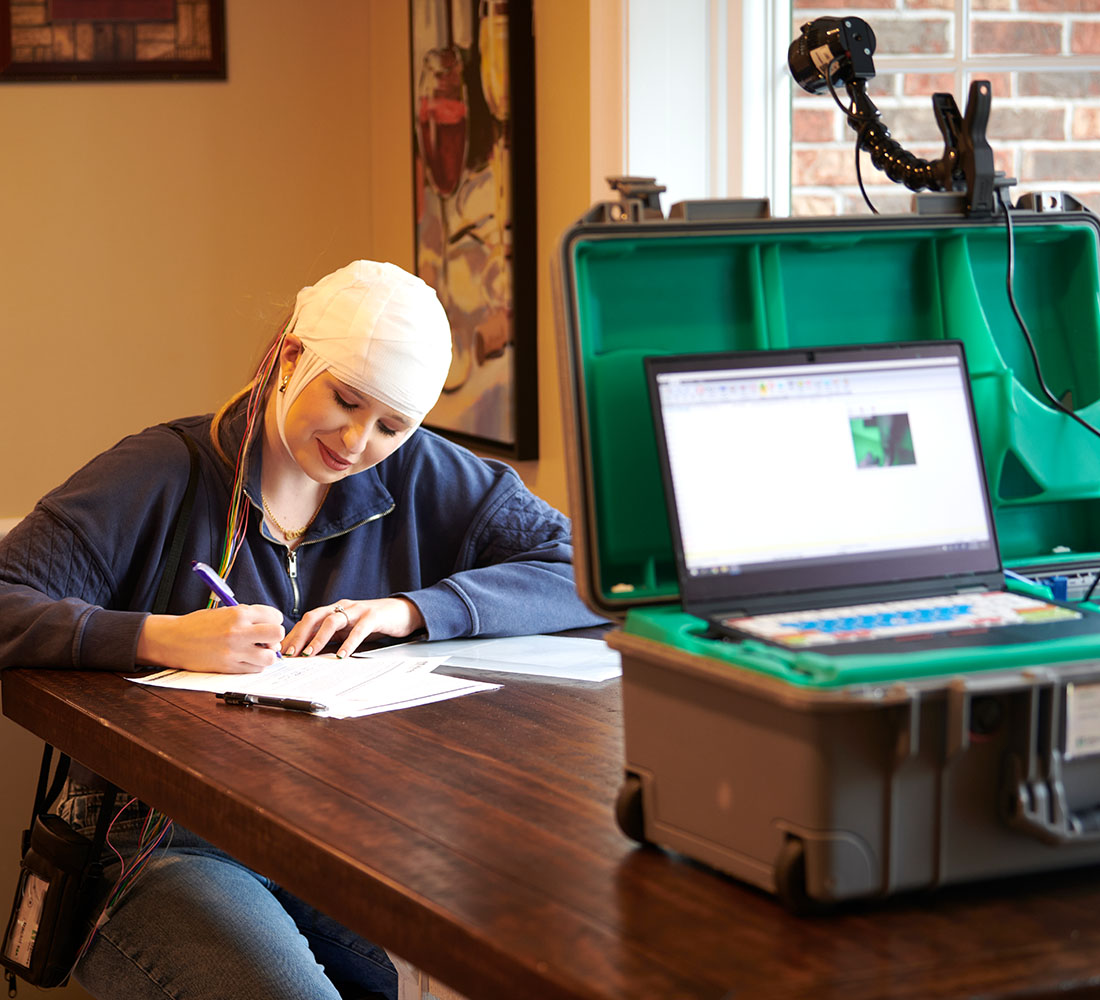Clinical Evidence
While In-Home Video EEG Monitoring has been available for two decades, improvements in technology and the enablement of intermittent and long-term monitoring provide significant enhancements that may benefit patients during the Covid-19 pandemic.
Opportunity
With the end of the novel coronavirus pandemic not yet visible on the horizon, the need for remote monitoring of patients is increasing exponentially.
Growing Need for EEG
In the field of epileptology, continual remote electroencephalo- graphic (EEG) monitoring is a growing area of research and applied practice, using a non-hospital-based approach to care termed home video-EEG telemetry (HVET).
“In mid-2020, the American Clinical Neurophysiology Society (ACNS) recommended home-based EEG monitoring for appropriate patients with epilepsy and seizure-like disorders, especially during the COVID-19 pandemic”
Home Video EEG Benefits
In comparison to inpatient video-electroencephalographic telemetry (VT), researchers identified several benefits to using HVET as a result of their study.
While epilepsy monitoring units (EMUs) are the gold standard for the evaluation of epilepsy worldwide, they can mean high costs and long waiting times. HVET approaches, involving varying degrees of professional supervision, serve patients at home and can be used for diagnostic purposes.
Lower Cost
UK researchers found home video EEG telemetry was significantly cheaper to provide than inpatient VT.
Portable
Ultra-portability and compactness of HVET technology, as well as novel approaches to easily and safely secure electrodes to the scalp, also have been two key factors that have increased interest in HVET services.
Wider Geographical Coverage
the use of HVET widened their geographical reach — a prime consideration, especially for use in more rural areas or for use by patients who could not, or did not, want to travel for inpatient VT.
Cloud-Based Home Video EEG
Cloud-based HVET uses a cloud-based platform to manage data from implantable and wearable devices to accept a stream of EEG and video in real time. In the U.S., new current procedural technology codes describe requirements including continuous intermittent monitoring for up to 12 patients simultaneously. The format allows for remote troubleshooting as well as communication with clinicians using video calling.
Cost and Time Savings
In the US, HVET recordings were found to be almost 70 percent cheaper than inpatient VT. Inpatient VT studies were more likely to undergo subsequent testing and had a longer time from physician referral to performance. In the UK, supervised recordings were found to be 30 percent cheaper than in-patient recordings, and in Australia, an 80 percent cost improvement was observed.

Future Efforts
Allowing for extended long-term HVET monitoring would widen options for the forecasting of seizures. The technology could be adapted and combined with treatment reminders and prompts for self-management. Ideally, the use of HVET could, researchers say, optimize continuous monitoring of EEG and “opens the possibility of seizure forecasting.”

Benefits of Ambulatory Monitoring
Healthcare providers around the globe are accelerating their adoption of remote monitoring capabilities in response to the COVID-19 outbreak. We have a tested solution available to protect seizure care patients when they are unable to visit hospitals. Lifelines Neuro is working with their EEG Service Provider Partners to provide in-home continuous video EEG monitoring to help ease the burden of COVID-19 restrictions on inpatient and outpatient hospital admissions. Benefits of ambulatory EEG (AEEG) monitoring include:
